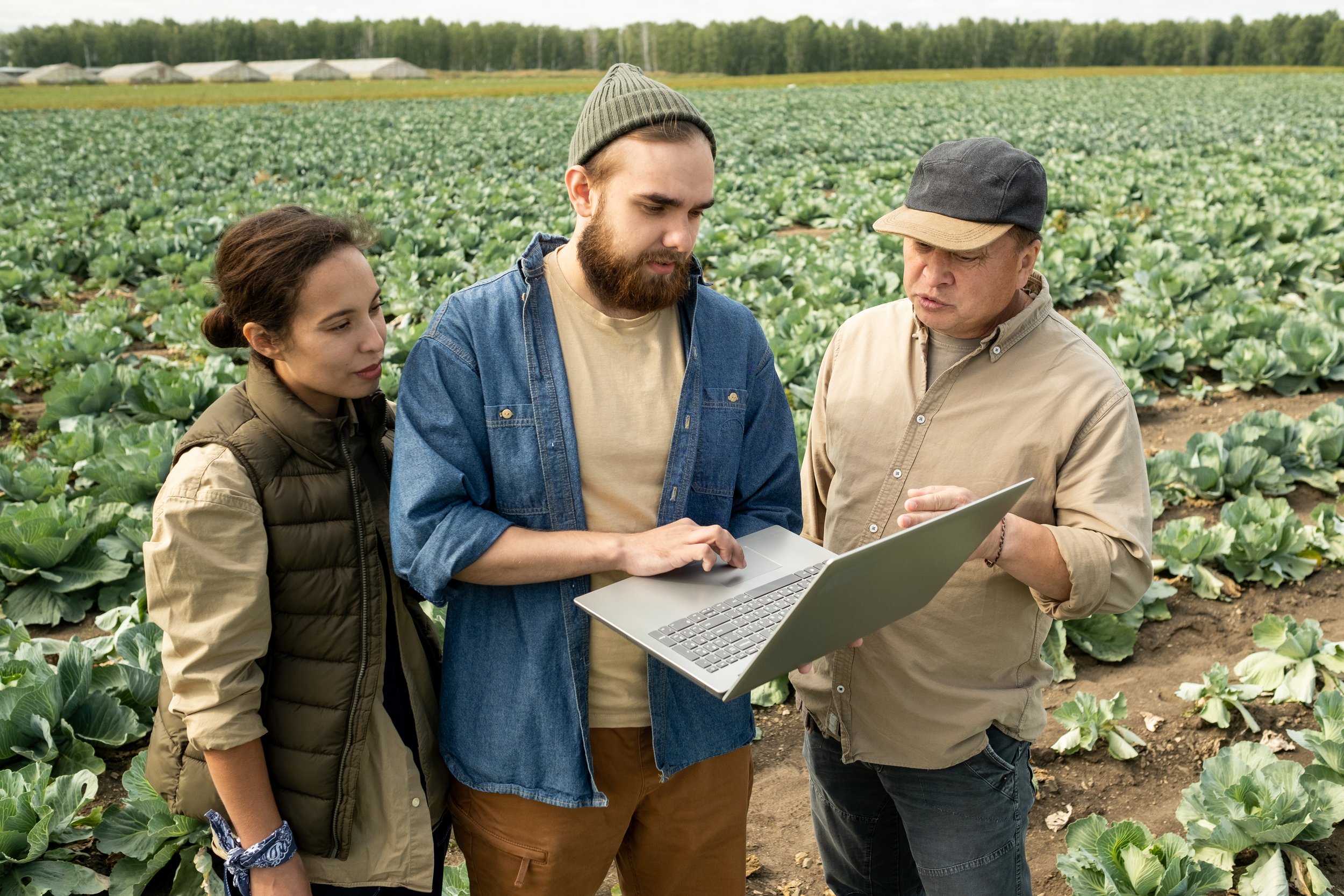9 Examples of Modern Technology Revolutionising Food Production
The way we grow, process, and distribute food is undergoing a remarkable transformation, thanks to groundbreaking technological advancements. These innovations are not only making food production more efficient and sustainable but also ensuring higher quality and safer products for consumers. Here are 9 examples of modern technology making a significant impact:
Precision Agriculture: This approach uses sensors, GPS, and data analytics to monitor and manage crops with pinpoint accuracy. By precisely tailoring irrigation, fertiliser application, and pest control, farmers can optimise yields, reduce waste, and minimise environmental impact.
The Australian company, Precision Ag is a perfect example of this.
Vertical Farming: Vertical farms cultivate crops in vertically stacked layers, often indoors. This innovative method maximises space, conserves water, and allows for year-round production, regardless of climate.
OnePointOne is just one of many examples of Vertical Farms changing the industry’s approach to crop growth.
Automated Harvesting: Robots equipped with cameras and sensors are being used to harvest crops with speed and precision. This reduces labour costs, minimises damage to produce, and enables harvesting at optimal ripeness.
Advanced.Farm is an example of this with their strawberry-picking robots.
Robotics in Food Processing: Robots are also being deployed in processing facilities to automate tasks like sorting, grading, and packaging. This increases efficiency, improves consistency, and reduces the risk of contamination.
Tomra is a great example of an Apple grading machine that operates on a packhouse line.
Internet of Things (IoT) in Food Safety: IoT sensors can track the temperature, humidity, and other factors that affect food quality throughout the supply chain. This real-time data allows for proactive intervention to prevent spoilage and ensure food safety.
Food Management Software like FoodReady is an example of IoT being utilised in Food Safety.
Drones in Agriculture: Drones are being used to survey fields, monitor crop health, and even apply pesticides and fertilisers. This aerial perspective provides valuable insights that can help farmers make informed decisions and optimise their operations.
Rantizo is an example of a company that utilises drone spraying technology.
Blockchain Technology in Supply Chain Management: Blockchain creates a transparent and immutable record of every transaction, from farm to fork. This enhances traceability, reduces fraud, and builds consumer trust in the food supply.
An example of Blockchain use in food supply chain management would be IBM Food Trust.
Environmental Sensors: The many milestones of storage and management of fresh produce items journeying between sup-pliers to retailers, require optimal storage conditions. By precisely controlling the atmosphere within storage facilities, you can extend shelf life, reduce losses, and ensure optimal quality and freshness of produce when it reaches retail shelves.
PostHarvest’s very own Atmos is a perfect example of an environmental sensor.
Artificial Intelligence (AI) in Quality Control: AI-powered systems can rapidly analyse images and data to identify defects, contaminants, and other quality issues in food products. This ensures that only the highest quality produce reaches consumers.
Clarifruit is an example of a company utilising AI in its grading technology.
These are just a few examples of the many ways that technology is reshaping the food industry. At PostHarvest, we're proud to be at the forefront of this innovation, developing solutions that help suppliers, packers, and retailers deliver the freshest, safest, and most sustainable fresh produce to consumers around the world.

